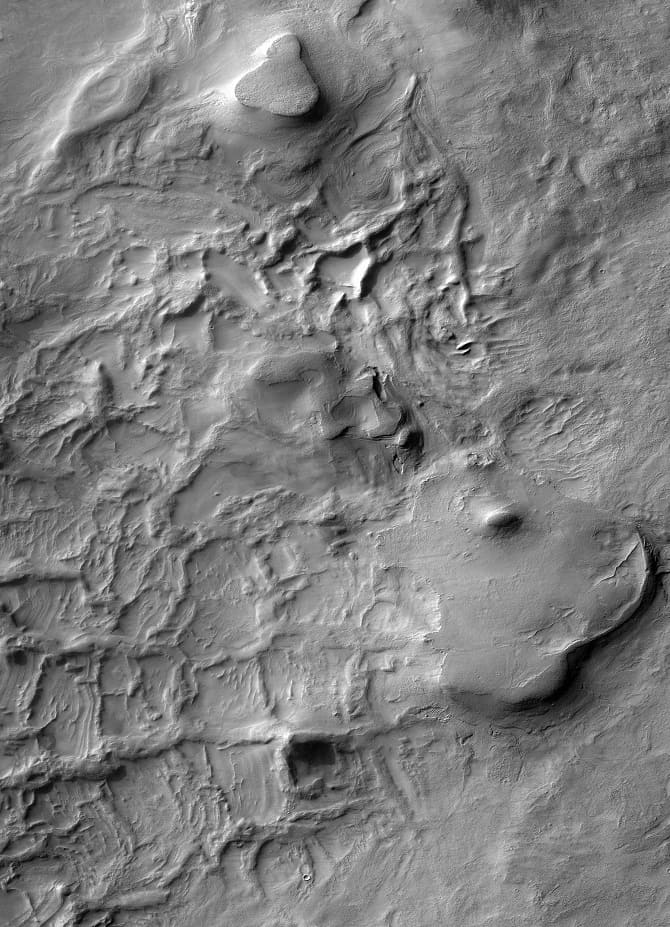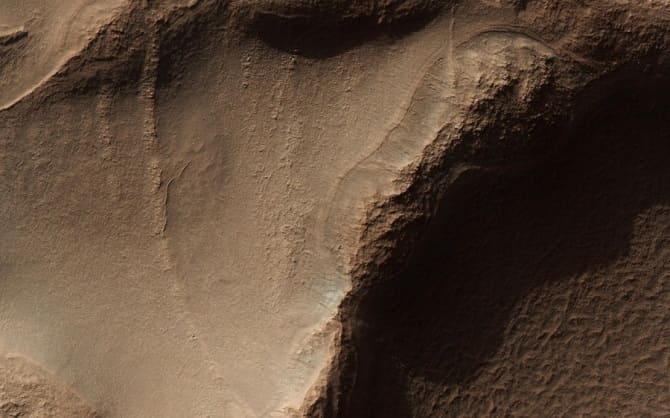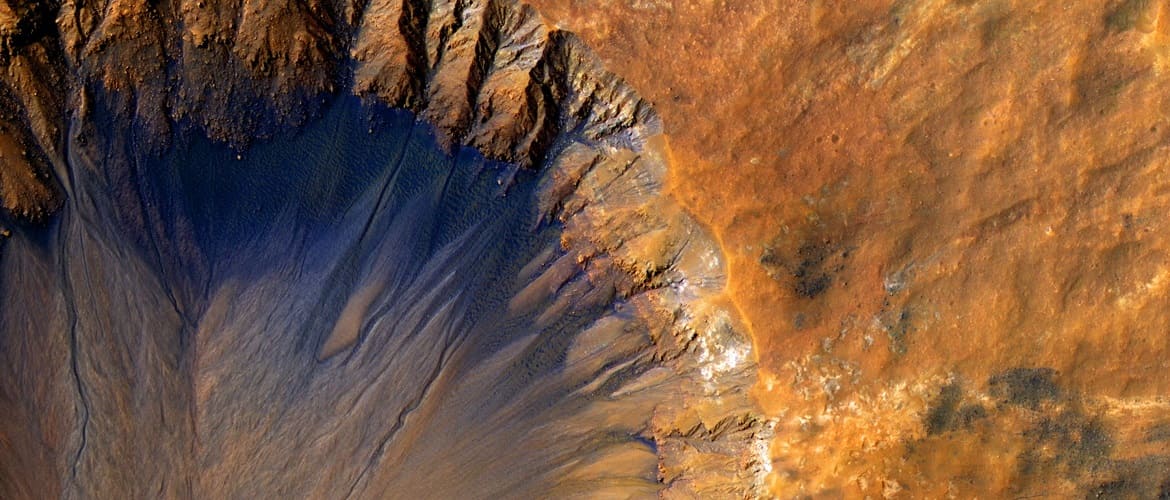On Mars, for several years, the Mars Reconnaissance Orbiter using the HiRISE camera captures many polygons that look like honeycombs. Scientists for a long time could not understand where they come from, but they finally managed to figure it out. According to the Daily Mail, such formations on the surface of the Red Planet are associated with the spread of ice and its reduction during certain periods of the year.

As researchers from Arizona State University found out, such an unusual landscape on Mars is the result of the spread of surface ice. Such formations in the form of honeycombs are formed over several years. And all due to the fact that dry and water ice on the planet either increases or decreases, depending on the temperature on the surface.

According to scientists, water and dry ice, which are the solid state of carbon dioxide, create an extraordinary appearance of the Red Planet on the surface. So, water ice freezes into the soil, due to which it is divided into small polygons. And dry ice makes bends at the boundaries of polygons. This happens when it gets a little warmer on Mars. As a result, special patterns appear that resemble honeycombs.

In addition, it is noted that the emerging polygons for several years either expand or narrow. But most of all they are visible in the Martian spring. At this time of the year, dry ice gas actively destroys the soil, and the wind blows the soil particles. Therefore, the honeycombs become visible.
Scientists use such images to learn more about how ice spreads on Mars. This gives a better idea of the climate.

It is worth noting that the Mars Reconnaissance Orbiter was sent into space in 2005. In 2006, he began observing the surface of Mars. He, with the help of instruments, maps the surface of the Red Planet, searches for subsurface water, explores minerals and monitors the weather. The device makes a complete revolution around Mars in 112 minutes, constantly fixing every detail.







Only registered users can leave comments